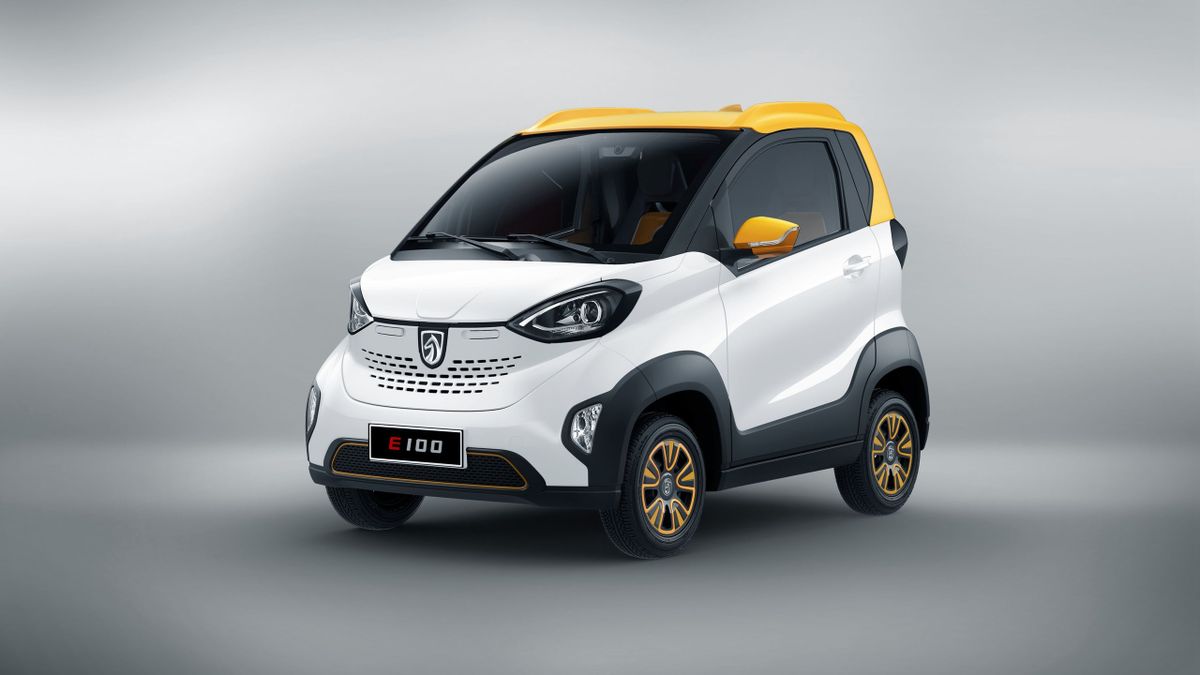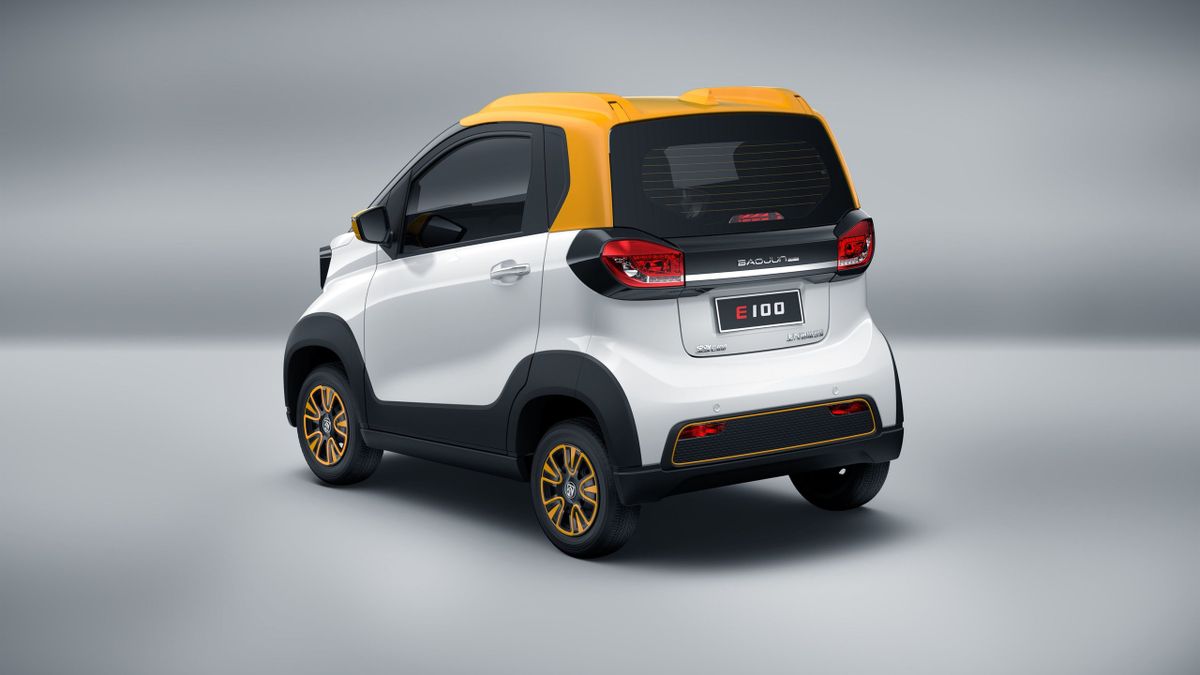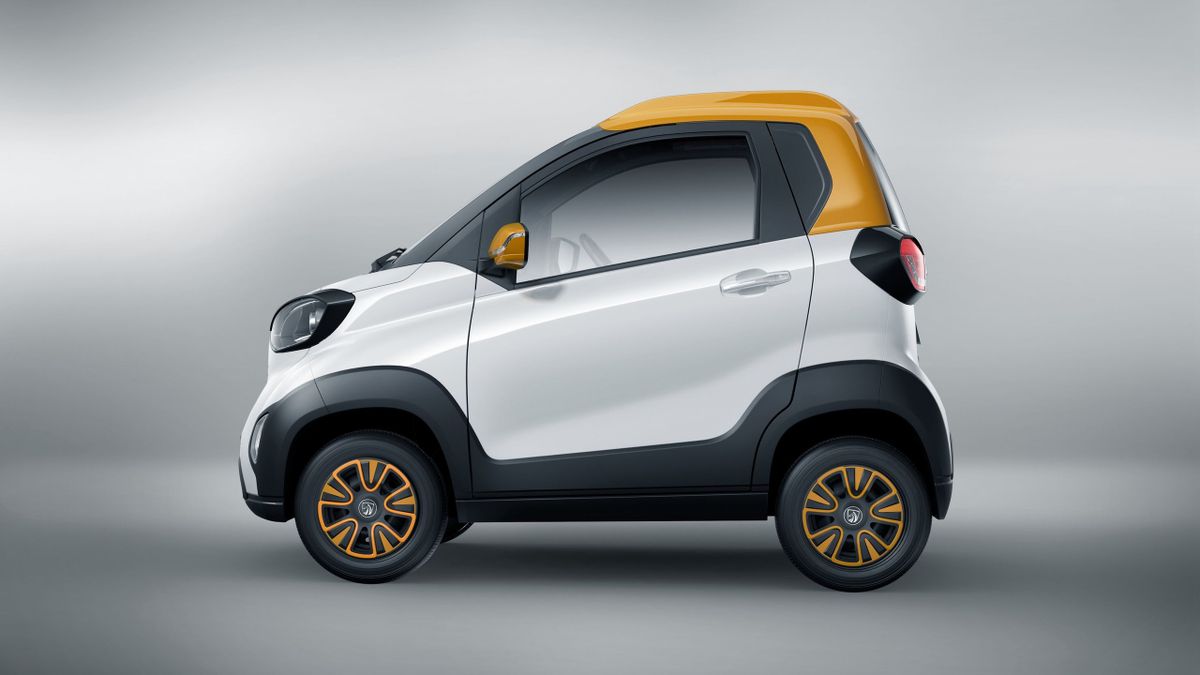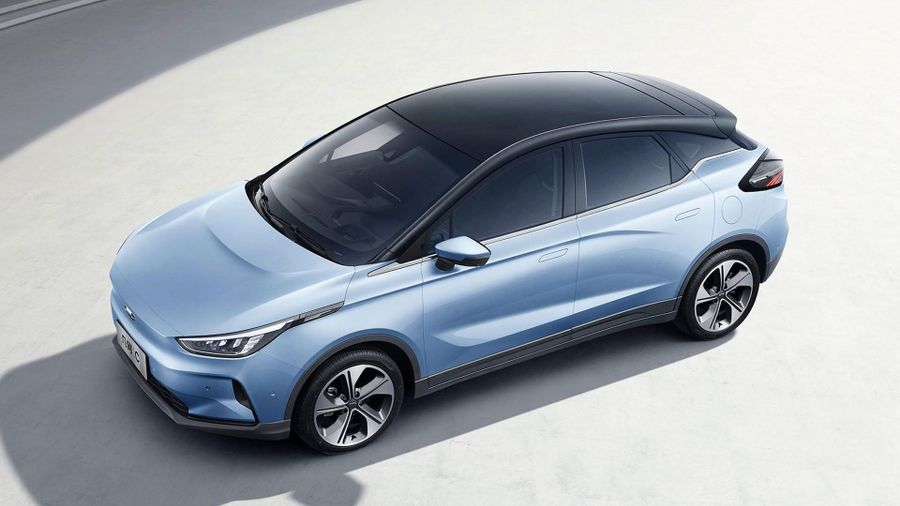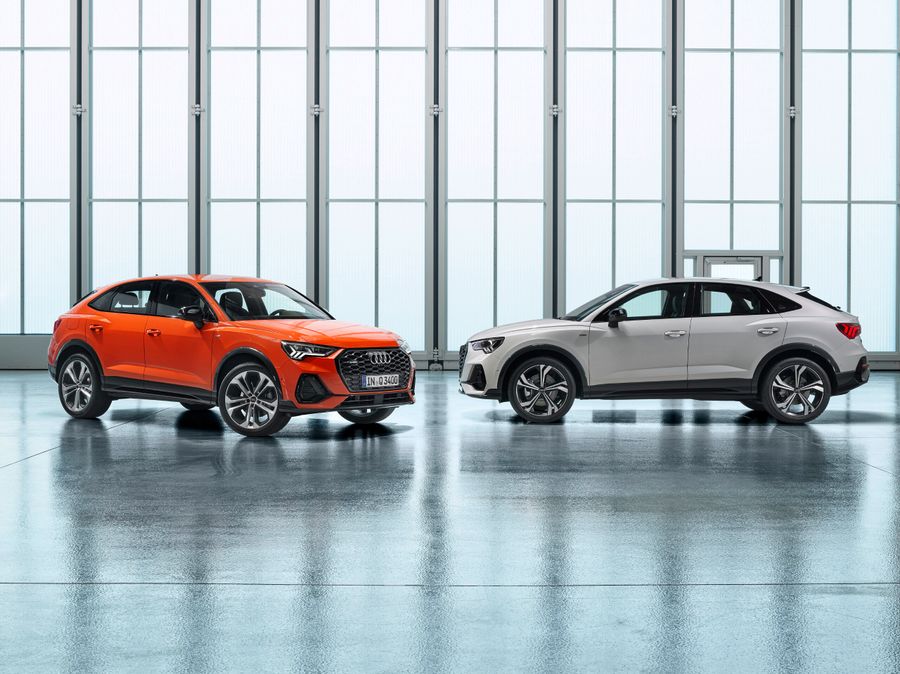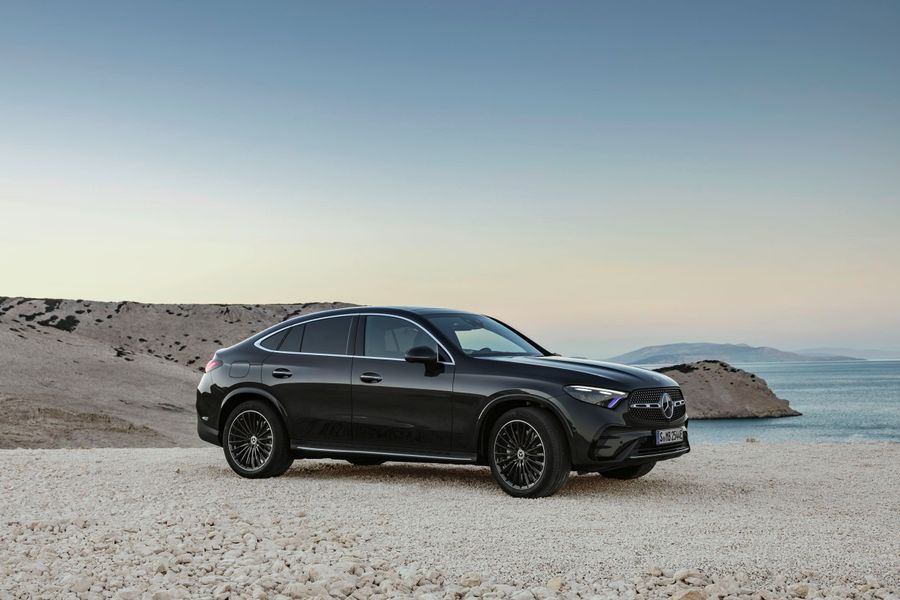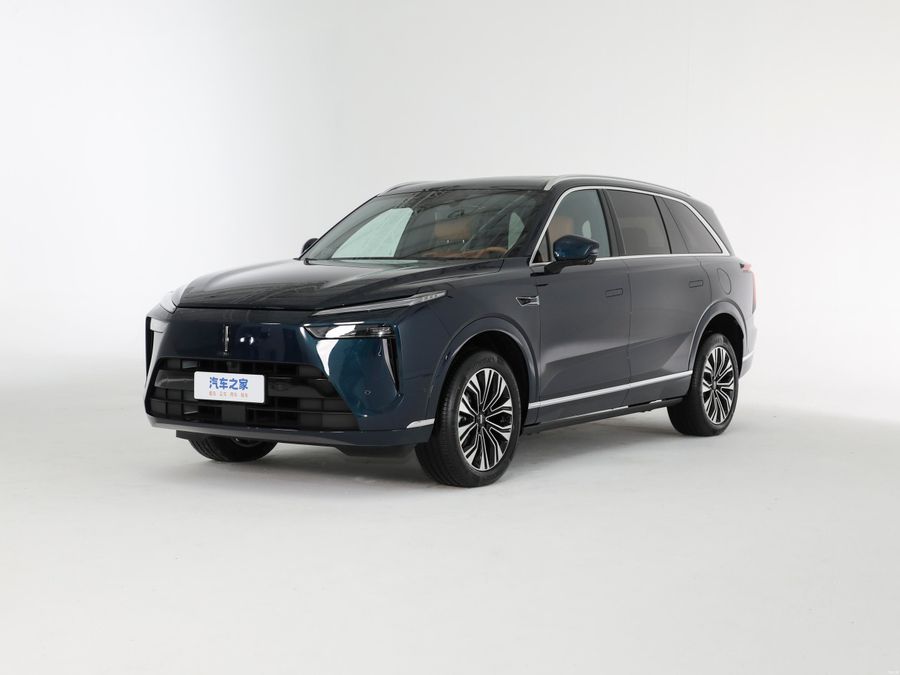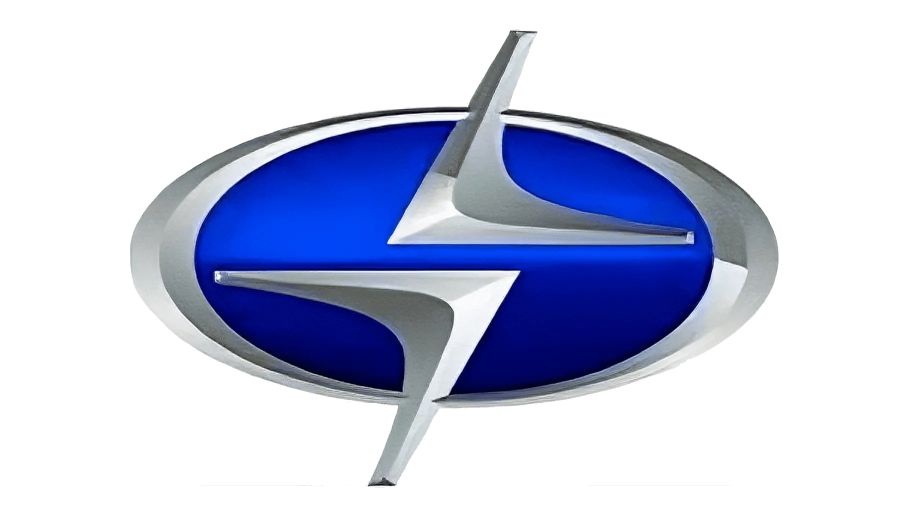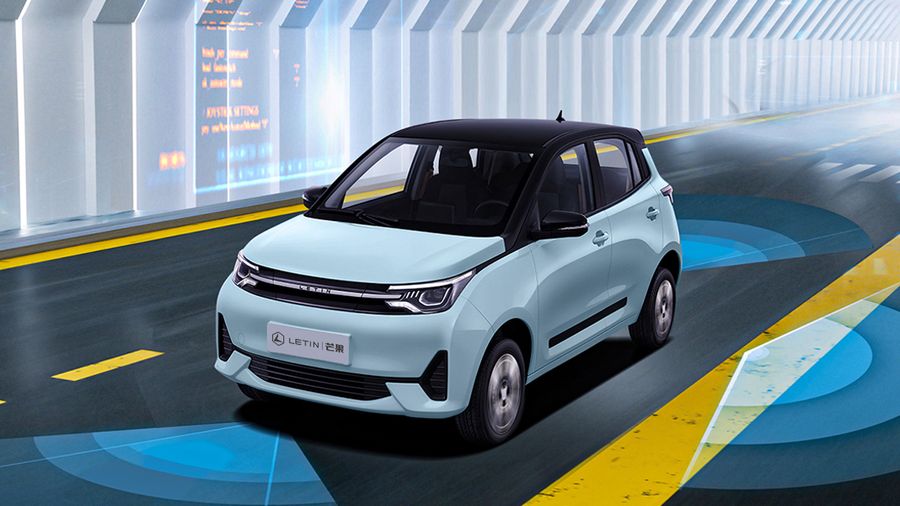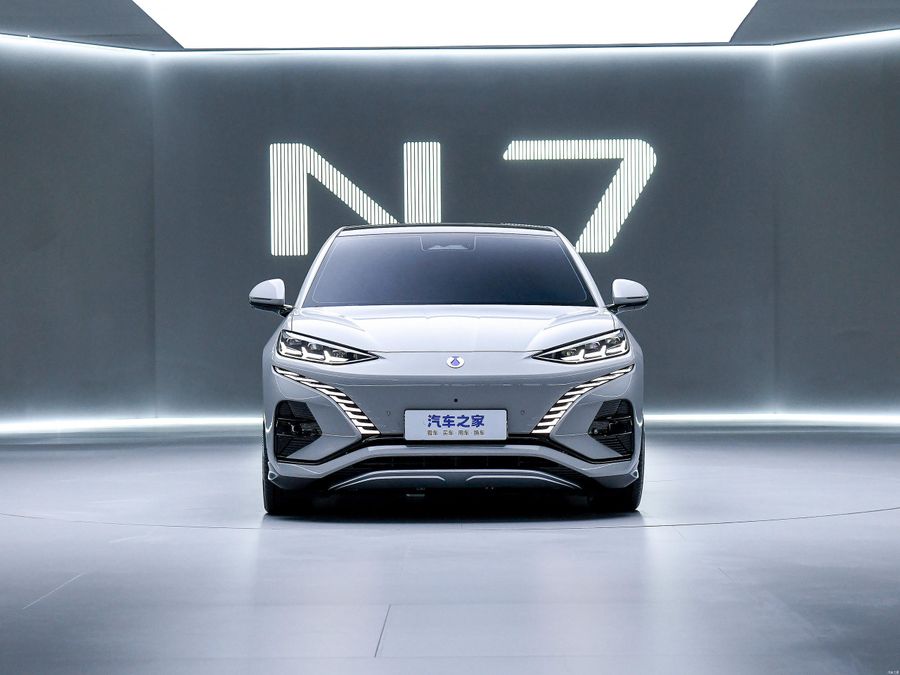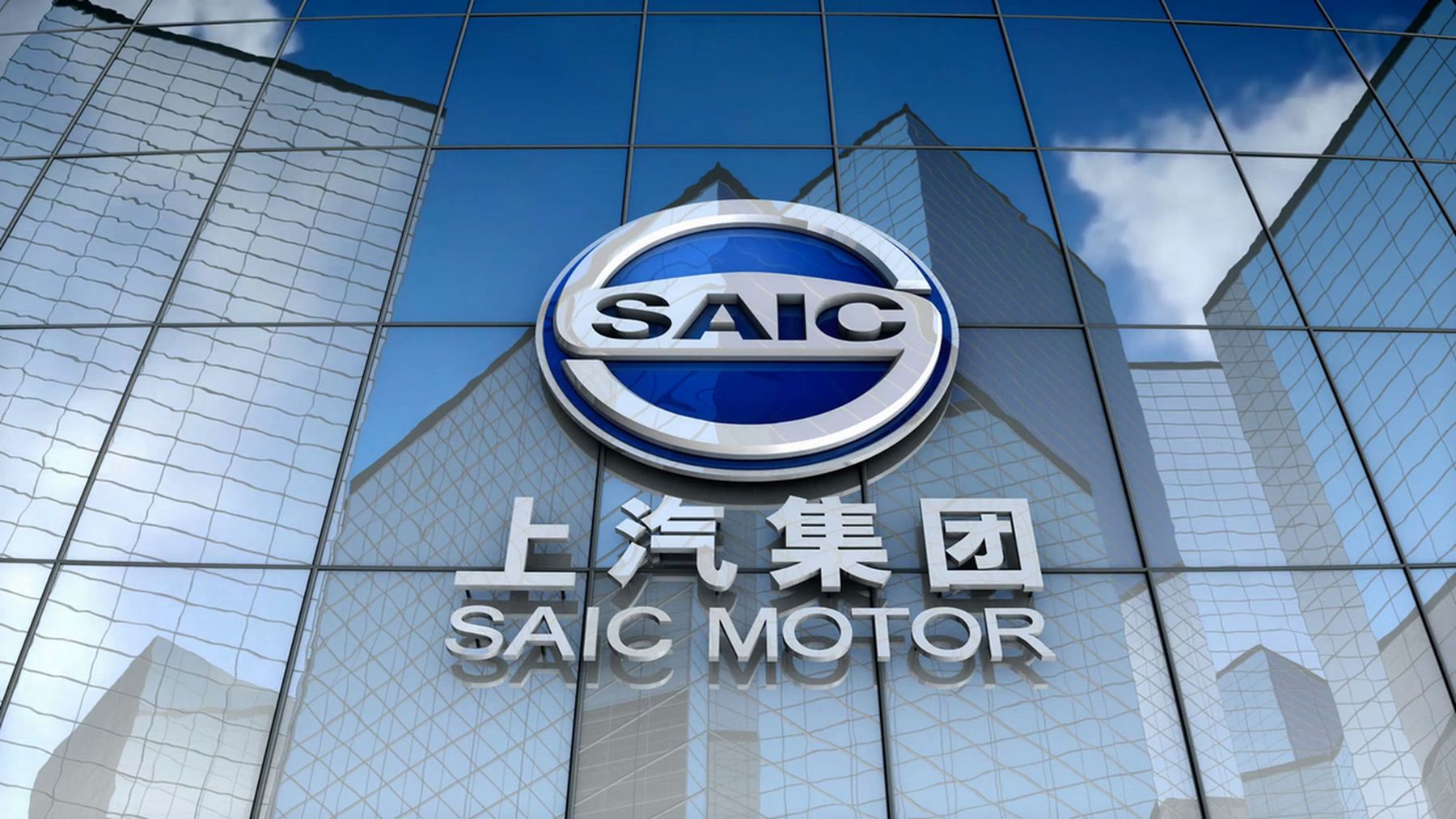
SAIC Motor. Many-faceted and many-armed
Shanghai Automotive Industry Corporation (SAIC) is a Chinese state-owned car manufacturer. This is China’s largest automaker, one of the Chinese major automobile companies along with Changan, FAW Group and Dongfeng Motor Corporation. In 2021, SAIC Motor topped the list of China’s exporters with 697,000 vehicles shipped out of the country, 79% more than a year earlier. For every three Chinese vehicles sold overseas, there is one SAIC vehicle. The SAIC-owned MG brand became the bestseller, with the result of 360,000 cars sold abroad, which is 15% of SAIC’s total export sales. In addition, the concern owns such well-known brands as Roewe, Maxus, Baojun, Wuling and Feifan. Plus, the company has formed many joint ventures. Today, SAIC comprises over 50 enterprises in the Shanghai Free Trade Zone. A truly multi-faceted and multi-armed concern.
Here are just a few joint ventures:
- Shanghai Volkswagen Automotive Company (SVAC), produces the Passat Lingyu, Lavida Gol, Touran, Santana, Polo Jin Qing, Polo Jin Qu, and Santana 3000.
- Shanghai General Motors Corporation (Shanghai GM) produces Buick, Cadillac and Chevrolet vehicles.
- SAIC-GM-Wuling Automobile produces affordable cars under the Baojun brand.
- Shanghai Automotive Co. Ltd. manufactures automotive components.
- Shanghai Advanced Traction Battery Systems Co. (ATBS) is a joint venture with the lithium-ion battery manufacturer, A123 Systems.
Stages of a long journey
After the Second World War, Shanghai factories began to actively produce tractors and buses. In 1958, the company launched the production of its first passenger car, the Phoenix E-segment sedan. In 1984, Shanghai Automobile and Tractor Company, subordinated to the city municipality, was established. Subsequently, it was transformed into the group of companies named Shanghai Automotive Industry Corp (Group). In 1997, a subsidiary of SAIC Motor Corporation appeared as part of the group, part of whose shares were placed on the Shanghai Stock Exchange.

It turns out that SAIC began its path with the production of tractors, buses and E-segment sedans for the party leadership of the PRC. In the mid-1980s, the company abandoned the production of cars under its own brand and began to produce vehicles exclusively through joint ventures.
SAIC and MG Rover
In 2004, the gradual and phased acquisition of the British brand Rover began. First, SAIC bought the intellectual property rights to some MG Rover Group products, including the Rover 25 and Rover 75 models, as well as the Rover Powertrain K-series engine, for 67 million pounds. In June 2005, it bought the rights to the MG TF sports model. But an attempt to buy out the entire Rover brand was unsuccessful, as the BMW Group refused the Chinese and sold it to Ford.
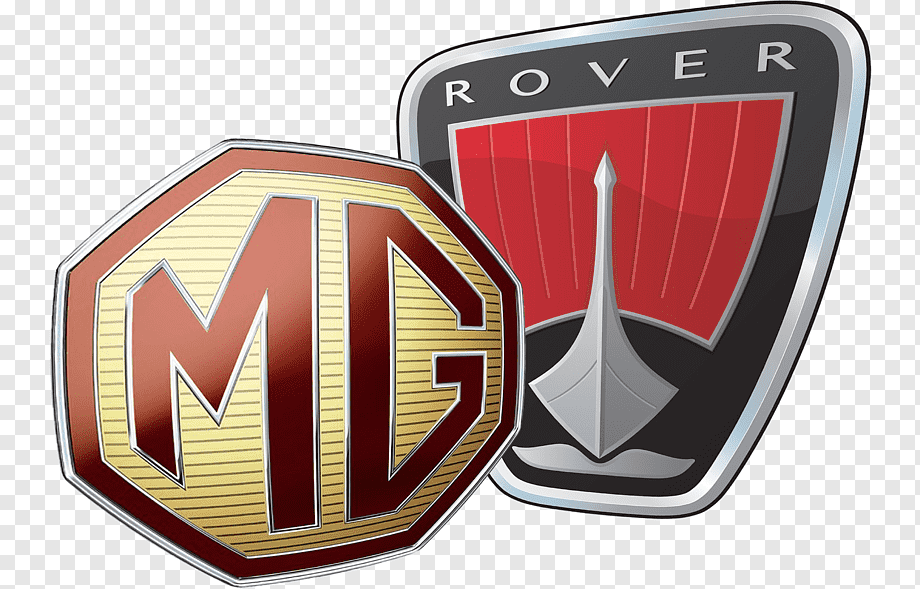
Next, things start to get more interesting. Initially, part of the assets of MG Rover was bought by another Chinese corporation, Nanjing Automobile. In 2007, SAIC merged with Nanjing Auto and thus gained control of other MG Rover assets, including the MG brand, Birmingham and Longbridge plants. This is how SAIC Motor became the owner of the MG Rover brand. In April 2011, the production of MG vehicles resumed at the plant in Longbridge, England. The brand is currently actively expanding its model range: at the beginning of 2022, the company released the MG 5 Electric estate, followed by the MG 4 Electric hatchback released at the end of 2022. Israeli market offers an electric SUV, the MG ZS EV and a plug-in hybrid SUV, the MG EHS PHEV.
SAIC Motor is China’s largest car manufacturer and exporter, accounting for a quarter of all car sales in China
SAIC and Roewe
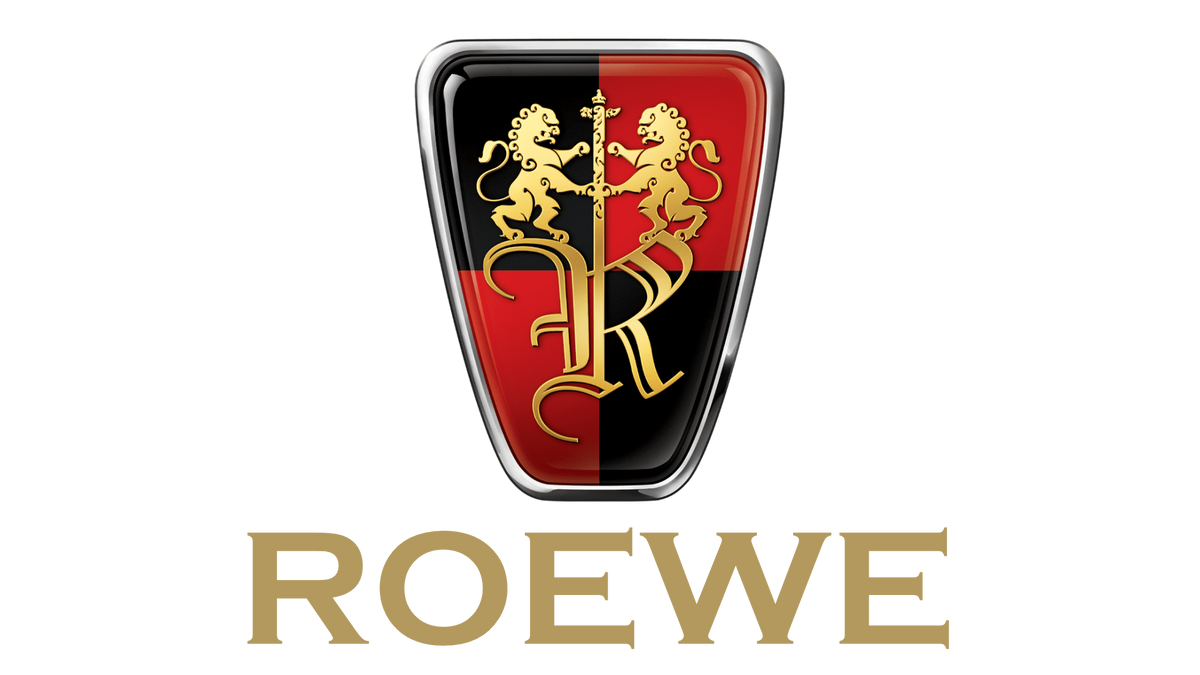
In January 2006, SAIC received permission from the Chinese government to produce its own vehicles. The first SAIC models were based on the developments acquired from MG Rover Group. New cars began to be sold under the Roewe brand. A hybrid modification of the Roewe 750 sedan premiered at the 2007 Shanghai International Motor Show, and in early 2008, SAIC Motor signed an agreement with the American company Johnson Controls regarding the supply of lithium-ion batteries for the production of hybrid vehicles. In 2009, SAIC bought Mild Hybrid technology from Delphi Corporation and signed a contract with BYD Co., involved in the production of lithium-ion batteries. In 2012, SAIC Motor launched the Roewe E50 electric car with batteries manufactured by A123 Systems.
SAIC and Maxus
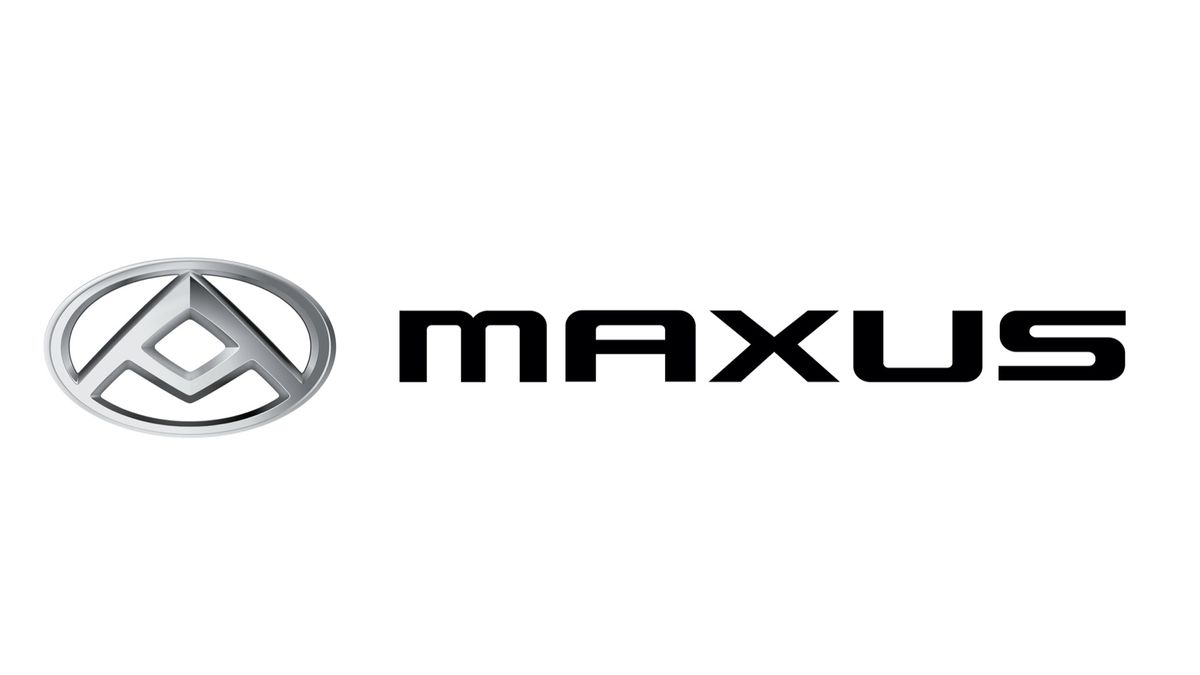
In 2009, SAIC acquired the British company LDV and its brand Maxus. China’s first Maxus, a V80 van, was unveiled at the 2011 Auto Shanghai. The second production model, the Maxus G10 MPV, went on sale in China in 2014. It should be noted that the Maxus brand only benefited from SAIC’s involvement, becoming more than just a manufacturer of commercial vans.
… and other brands
In 2010, SAIC managed to produce 3.58 million vehicles, becoming China’s largest automaker. In June 2012, it opened a representative office in Michigan, USA. In July 2017, SAIC-GM-Wuling started production of the Baojun E100 2-seater electric car, followed by the E200. The E300 family is already on its way. In 2020, the Wuling brand released the Wuling Mini EV city electric microcar, which entered the top 10 best-selling cars in the world!
In 2021, SAIC established the Feifan brand, also known as Rising Auto. SAIC created it specifically for electric vehicles, which were previously part of the separate R-family of the Roewe brand. The new brand has already taken two models under its wing: the Feifan ER6 and Feifan Marvel R, which have kept their emblem with a letter R. And the new flagship Feifan R7 became the first independent model.
Summary
In 2018, car sales exceeded 7 million units, of which 6,162 million were passenger cars and 889,000 were commercial vehicles. Roewe and MG trademarks accounted for 730,000 vehicles. In 2020, SAIC Motor sold 5.6 million vehicles, including 2.6 million vehicles under its own brands. Overseas sales reached 390,000 units. In addition, the company is engaged in the production of vehicles using alternative energy sources (electric vehicles, hybrid vehicles and fuel cell engines).


